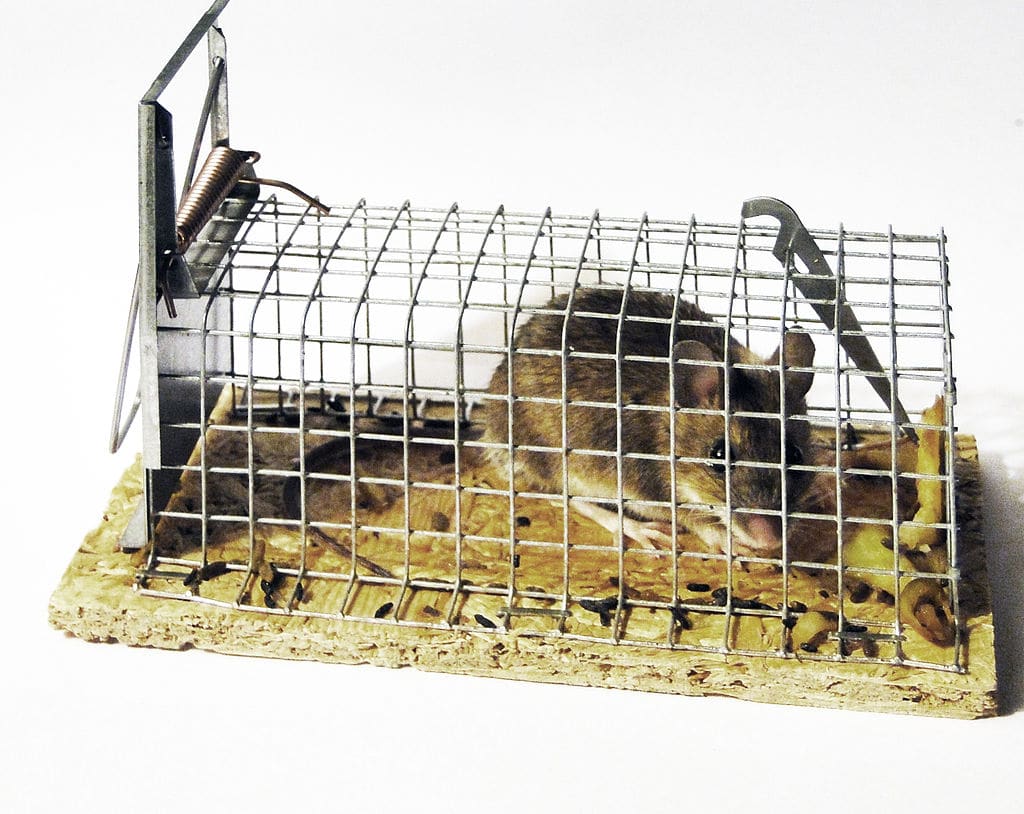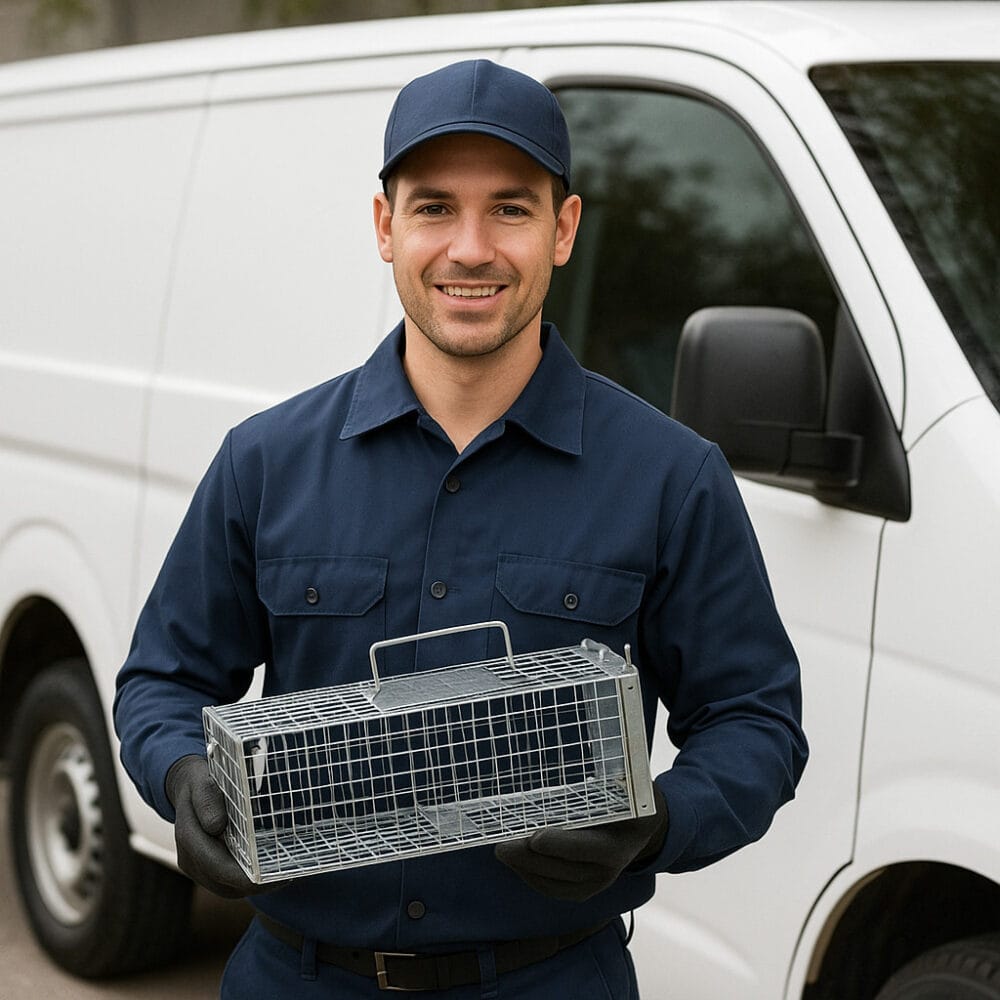Top 5 Animal Removal Tips Every Homeowner Should Know
Table of Contents
It starts with a sound. Quiet at first. Maybe a scuffle up in the attic, maybe something nudging the bins outside. You think: raccoon? Possum? Maybe just wind. But then it happens again.
Animals have a way of sneaking into your life when you least expect them, and once they do, they rarely go away on their own. If you’ve never had to deal with critters setting up shop somewhere on your property, count yourself lucky. If you have, then you know: it’s not just an inconvenience. It’s stressful. It’s a mess. Sometimes it’s dangerous.
What makes it worse? Most people don’t know what to do when it happens. They react. They Google traps. They block holes. They make it up as they go, and often, they make it worse.
Here’s what works, not from a script, but from experience.
1. Never ignore their presence

Animals are sneaky, but not silent. And while you won’t always catch them in the act, they leave hints. You just must pay attention. Scratches at night. Faint thuds in the wall. A smell that wasn’t there last week. Small things. Easy to ignore.
But the longer you ignore them, the bigger the problem gets. We’ve seen people patch up holes too quickly, only to trap a raccoon inside. Or worse, a nest of babies. That never ends well. And believe me, you don’t want to deal with the cleanup.
So, trust your instincts. If something feels off, check it out. Or better yet, call someone who knows how to look.
2. Remove food sources
Animals aren’t wandering into your home just for the thrill of it. They’re coming for food, for warmth, for safety. That half-bag of kibble left outside the garbage you forgot to seal, the way your shed door doesn’t quite close. They notice. Always. And if one finds a way in, chances are another will, too.
This part takes a bit of humility, looking around and asking: Am I accidentally inviting this? You’d be surprised how often the answer is yes. A bowl of cat food on the porch is like a neon sign for raccoons. A chimney without a cap? Might as well call it a squirrel condo.
So, before you reach for the traps, take a walk around your property. Look at it from a hungry animal’s perspective. That’s where the real fix begins.
3. Let professionals handle the situation
Plenty of folks like to take matters into their own hands. “It’s just a raccoon,” they say. “I’ll set a trap.”
Here’s the problem: wild animals don’t behave like cartoons. They panicked. They bite. Some carry rabies or parasites. And even if you do manage to catch one, what then? Drive it ten miles out and hope it doesn’t come back? What about its young?
Worse still, most places have laws about what you’re allowed to trap, how, and where you can release them. A lot of homeowners break the law without even realising it.
The safer path is often the smarter one. A call to a specialist in wildlife control, Blythewood wildlife removal, can save you from a long list of mistakes, some of them costly, others much harder to undo. They know what to look for. What not to touch. And how to get the job done without harm.
4. Close gaps carefully, install traps and one-way exits

It’s tempting. You find the gap. You plug it in. Done, right? Not always. If you block a space while an animal’s still inside, or worse, while its babies are still in there, you’ve just created a much bigger mess.
Trapped animals get desperate. They claw, they chew, and they often die trying to get out. And then you’ve got a smell that doesn’t wash away. Not for weeks.
What pros usually do is install a one-way door, let the animal leave, but not return. Then, after a few days of quiet, they seal things properly. That’s the order that works. Seal too soon, and you might solve one problem while creating another. One you’ll smell before you even see.
5. Play the Long Game: Prevention Is a Lifestyle
Here’s the part people skip. The animal’s gone. The trap’s empty. You fixed the hole. All good? Not quite. If one raccoon found a way in, others can. The same goes for squirrels, bats, and even birds. Wild animals have memories. So do their families. If your home offers food or shelter once, it becomes part of their map.
That’s why prevention must be a habit, not a one-time fix. Cut back tree limbs that brush the roof. Secure the vents. Lock up garbage. Keep dog food inside. And for heaven’s sake, cap your chimney. Simple stuff, but it adds up.
Walk in the yard every couple of months, especially before winter, or right after spring begins. These are the seasons when animals start looking for homes. Make sure it’s not yours.
For professional preventive measures implementation and habitat modification, Blythewood Wildlife Removal can help you. Call them for a satisfactory solution, as DIY techniques are not always reliable.
Final Thought
You don’t have to be a wilderness expert to keep your home free of wildlife. But you do need to stay aware. Animals follow patterns. If you understand what attracts them, recognise the early signs, and respond the right way, you’ll stay ahead of the problem more often than not.
And when it gets beyond your reach, don’t be stubborn. Bring in someone who knows what they’re doing. It’s not about being helpless, it’s about being smart.
This is your space. Claim it. Guard it. And remember, nature is beautiful, but it doesn’t belong in your crawl space.



